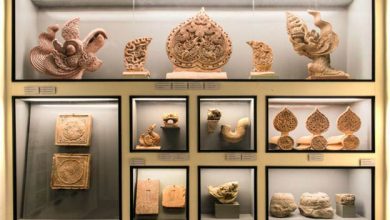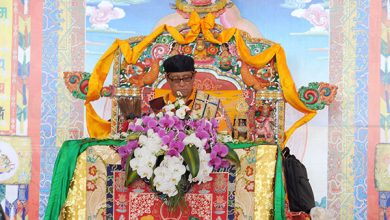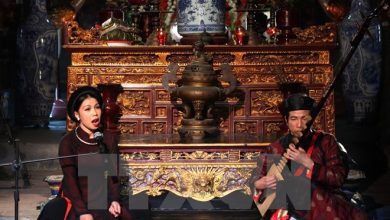Initial findings of the excavation of the Kính Thiên area
On the morning of 17 April 2018, the Thăng Long – Hà Nội Heritage Conservation Centre worked with the Institute of Archaeology to organize a conference to report the initial findings of the excavation of the Kính Thiên area in 2017.
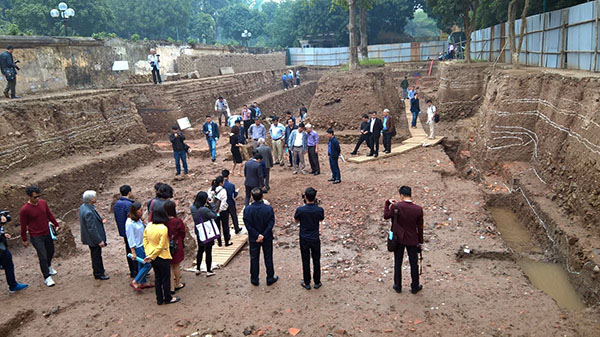
Delegates examining the excavation pit.
The excavation, conducted over an area of nearly 1000 square metres to the northeast of Kính Thiên Palace Foundation, revealed a wide range of architectural vestiges dating back to the Đại La Period, the Lý, Trần, Lê and Nguyễn dynasties.
The excavation pit consists of 16 strata, each of which is about 20cm thick. The layers demonstrate relative complexity and, with the exception of a few locations, are disrupted due to the impact of succeeding structures on preceding cultural layers.
According to Assoc. Prof. Dr. Tống Trung Tín, President of the Vietnam Association of Archaeology and head of the excavation team, the revelations of this time are very complicated because the vestiges are criss-crossed, causing disruption to the strata and confusing identification. However, archaeologists have been able to identify some architectural vestiges of different periods and strata in the Kính Thiên area that bear striking resemblance with those found in the previous excavation pits in the archaeological site of 18 Hoàng Diệu. Due to major destruction, at 4.5 metres deep in some positions, the cultural layers of the Đại La Period and 10th century have basically been lost. Relatively intact cultural layers between the Lý and the Nguyễn dynasties can only be found in the eastern and western walls of the excavation pit.
Three architectural vestiges of the Lý have been found at the bottom of the pit, 4 metres down from the ground surface. The column foundations were made of gravels, debris, and yellow clay jammed together to provide solidity.
Three architectural structures of the Trần have also initially been found, including column foundations made solid by the use of gravel, terracotta, tiles and floor consolidation decorated with lime flower patterns. The most typical example is the vestige of the lime-flower floor consolidation wall of Trần Dynasty, believed to be the largest of its type hitherto found with the lime flower part measuring 1.15m in width made up of reddish bricks that typified the bricks of the Lý and Trần dynasties. This is the largest strip of lime flower floor consolidation, apart from the arched form lime flower decoration of the Trần found at 18 Hoàng Diệu in most of the lime flower floor consolidation of Thăng Long and other relic sites of the Trần period. What is more noteworthy is the fact that the materials used to build this strip of lime flower consolidation wall is flat tiles that were meticulously put together in a standardized manner. Apparently, this is the vestige of an early and important structure in the imperial palace of the Trần period (13th century).
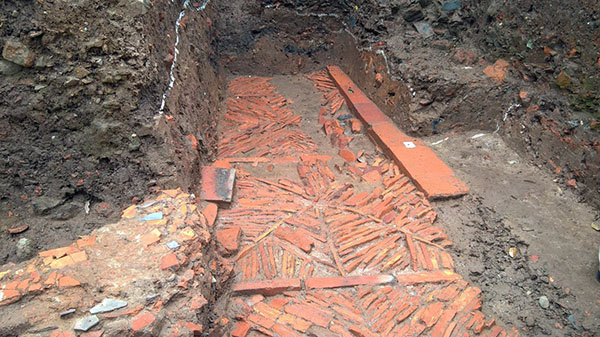
Vestiges of the lime flower strip of the Trần Dynasty, believed to be of largest size of all the excavations that have been hitherto conducted.
Vestiges of the greyish strip of rectangular bricks for floor consolidation as well as small sewers testify to the presence of an architectural collection of structures of the Early Lê dynasty in this area.
For architectural building of the Lê Trung hưng (Restored Lê) period, a network of consolidated column foundations, building foundations, wall foundations and encircling walls made of square-sectioned bricks, vestiges of ponds, lakes and remnants of the stone wall of water wells have also been revealed. Particularly noteworthy is the discovery of a robust wall foundation made of square-sectioned bricks (known locally as gạch vồ). Currently due to the relatively small size of the excavation pit, the suggestion that this could have been the foundation of a gate in the forbidden citadel of Thăng Long is all guesswork.
Cultural vestiges of the Nguyễn dynasty consist of the two wall foundations of the xinggong (royal residence) to the South and East of the excavation pit. Besides, on the entire surface of the area there are material layers that cover the excavation pits. The French colonialists created this material layer, which consists of broken pieces of tiles and bricks of the Nguyễn period.
Many artifacts, including pieces of tiles of the Early Lê period, celadon-glazed and yellow-glazed, and tiles decorated with dragon reliefs have been found. This collection of dragon tiles is arguably the largest one that has so far been unearthed on the site of the Thăng Long Imperial Citadel. Besides, a large volume of broken ceramic materials decorated with dragons of the Early Lê and Mạc periods has also been identified, providing clearer evidence of the functions of the Thăng Long Royal Palace under the Lê Dynasty, and life within it.
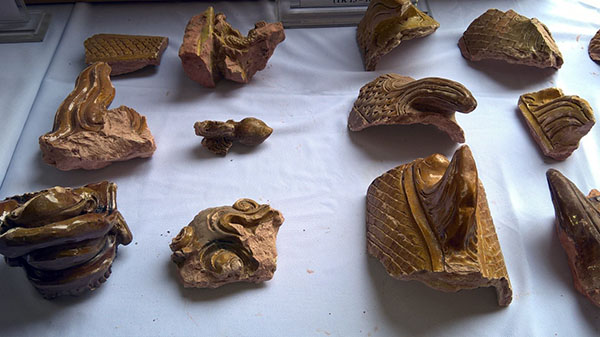
Pieces of the yellow dragon tiles typical of royal palaces.
Talking about the next plan for excavation, Assoc. Prof. Dr. Trần Đức Cường – President of the Vietnam Association of Historical Science believed that it is necessary to expand the area of excavation and connect the research findings from the past to present in order to have a panoramic view of the archaeological work conducted in the Imperial Citadel of Thăng Long, because this will inform the key excavation plan in the next 3- 5 years.
In addition, Dr. Nguyễn Viết Chức, member of the Scientific Advisory Council for the Cổ Loa- Hà Nội Ancient Citadel Relic Site also said that the significance of the excavation findings need to be explained and interpreted for even the lay people to understand.
In their overall evaluation, all the researchers confirmed the remarkable contribution made by the excavation in 2017 to the improved understanding of the architecture of Thăng Long across different historical periods in the area to the northeast of Kính Thiên Main Palace. The excavation results have also provided further important input for the possible restoration of the Kính Thiên Main Palace in the future.
Some photos of the archaeological vestiges unearthed in the Kính Thiên area
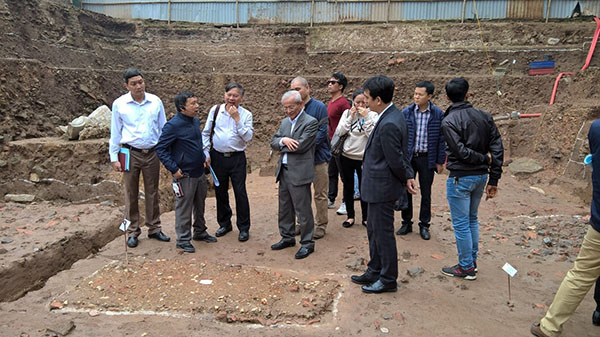
Delegates examining a column foundation of the Lý dynasty, lying at the bottom of a pond of the Lê Trung hưng (Restored Lê) period
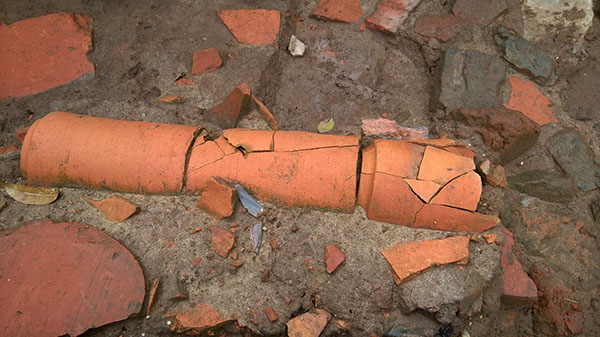
Water sewer of the Lê Dynasty
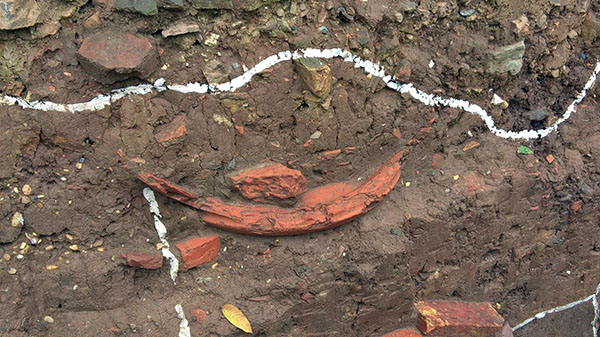
Part of a large-sized ceramic basin still lying in the excavation pit.

Crater of the water well of the Lê Trung hưng period
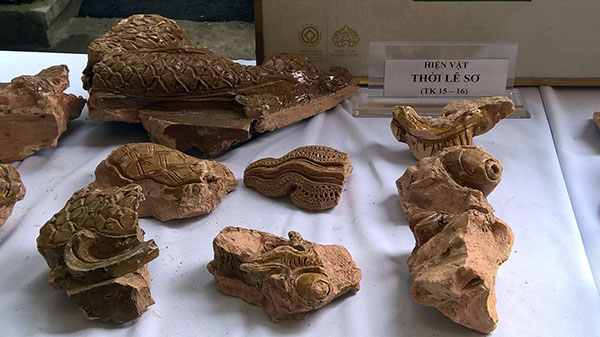
Rooftop long dragon tile is an original and unique decorative feature of Thăng Long
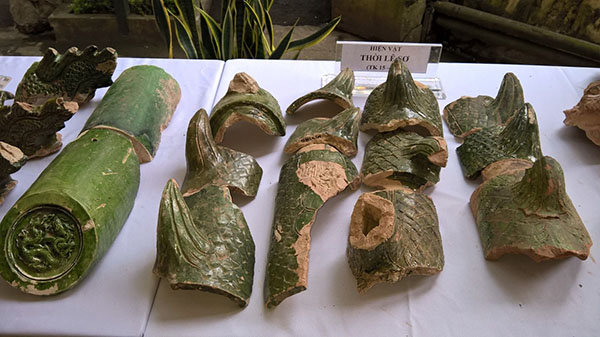
Pieces of green-glazed dragon tiles of the Lê period.

Ceramic bowl decorated with phoenix of the Mạc period.
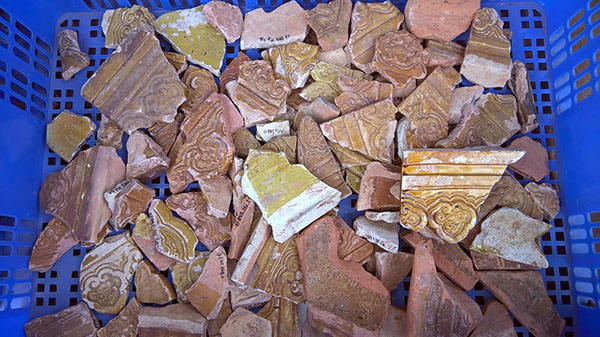
Debris of the ‘goodwill’ tiles.
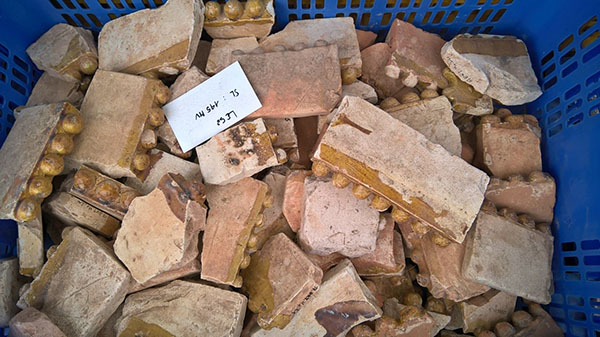
Pieces of connected beads (liên châu) on the ridge of the palaces.
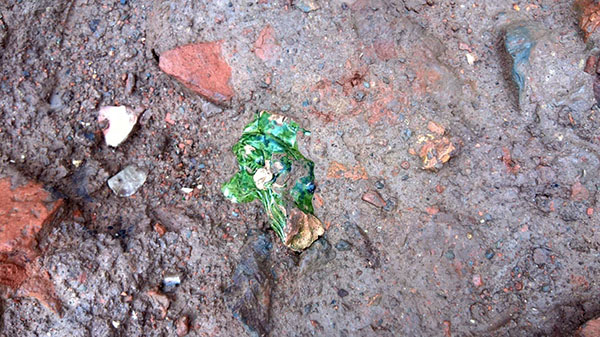
Various traces of dragon tiles have been found in the excavation pit.
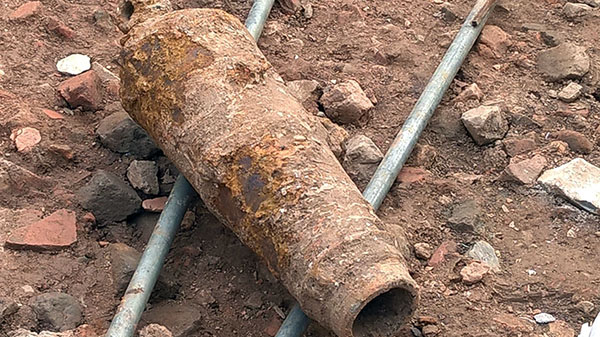
Cannon of the Nguyễn Dynasty
Kim Yến
Thăng Long – Hà Nội Heritage Conservation Centre

